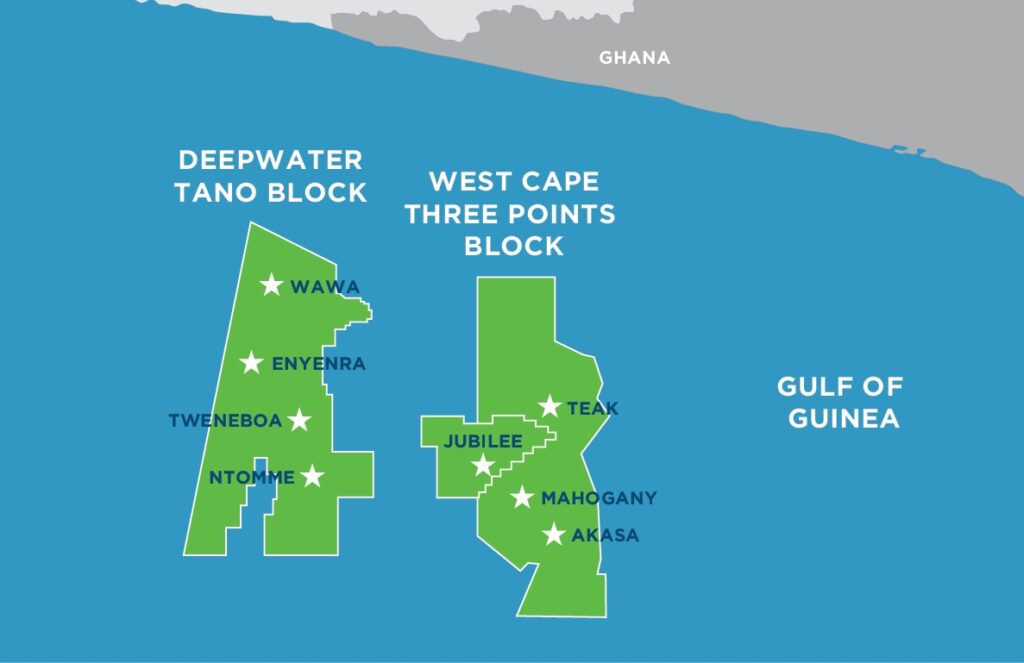Schlumberger Introduces Complete Cased Hole Formation Evaluation and Reservoir Monitoring from a Single Tool
Pulsar service delivers rigless formation evaluation and monitoring for any reservoir to improve drilling efficiency and well productivity
Schlumberger has introduced the Pulsar* multifunction spectroscopy service at the SPWLA 58th Annual Symposium. The new service provides the industry’s first complete cased hole formation evaluation and reservoir saturation monitoring with openhole logging quality.
This next generation in pulsed neutron logging features multiple detectors and a high-output pulsed neutron generator to significantly improve acquisition accuracy and increase both logging speed and measurement precision. The Pulsar service measurements are complemented by powerful algorithms delivering robust answers that compensate for variations in the borehole fluids and completions to make reservoir monitoring in complex conditions a reality.
“Understanding both the formation lithology and fluid content is critical for making timely, informed completions decisions, particularly in complex reservoirs,” said Karin Hoeing, president, Wireline, Schlumberger. “In cost-driven markets, the Pulsar service makes it possible to perform a complete rigless formation evaluation that does not disrupt drilling schedules.”
The Pulsar service simultaneously obtains self-compensated traditional cased hole measurements, an expanded suite of elements including total organic carbon (TOC) and the new fast neutron cross section (FNXS) measurement. Directly sensitive to the volume of gas in the formation, the FNXS measurement differentiates and quantifies gas-filled porosity from liquid-filled and tight zones without requiring any openhole data input.
The service has been run to successfully guide completions designs in more than 60 wells in all the major shale plays in North America. Worldwide, nearly 500 wells have been logged by the Pulsar service for reservoir monitoring and bypassed pay identification.
In a Niobrara Shale well, a single run paired the Pulsar service with the ThruBit Dipole* through-the-bit acoustic service. The integration of a complete formation evaluation with geomechanical properties measured by the ThruBit Dipole service identified marl beds within the clay volume and related faults that were not possible to distinguish with measurement-while-drilling data, enabling the customer to optimize the staged frac completions.










